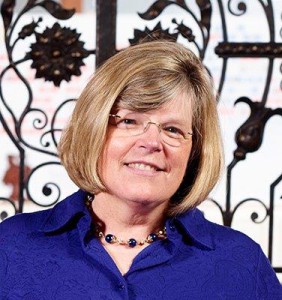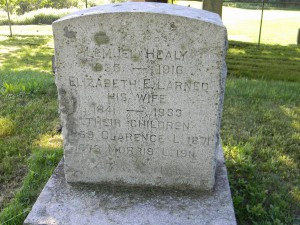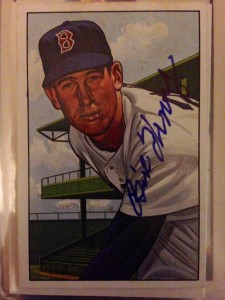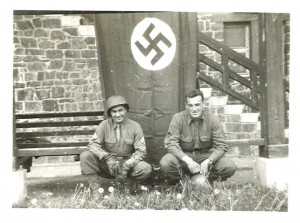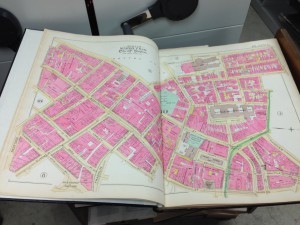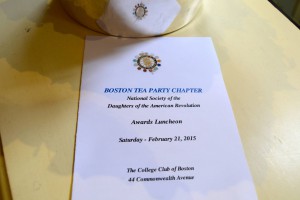
My father, the MIT graduate, used to try to tutor me in math. His most frequent frustration was getting me to remember to “read the problem.” All the answers were there, he claimed, if I understood the problem. Alas, I never conquered math, but the advice is applicable to genealogy.
When I was writing the Early New England Families sketch on Hilliard Veren, whose wife, Mary, was remembered in the will of her mother, Jane (Slade) (Conant) Searle, I cited the abstract of the will published in The New England Historical and Genealogical Register 52 (1898):271 (at left), which gives the date of the will as 1 May 1665. Apparently, I neglected to read the entire abstract and note that the date of probate was given as 20 June 1658. Continue reading Read the problem; Trust, but verify
